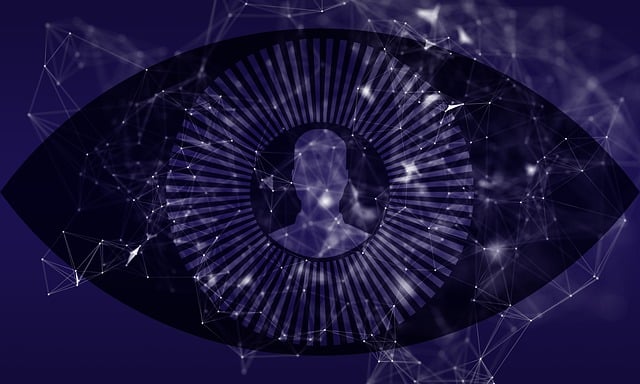The popularity of CCTV surveillance systems raises data security concerns due to vast video data collection and storage. Strong encryption like AES and secure protocols (TLS) protect video transmission from unauthorized access and tampering. Access control through MFA and role-based permissions restrict access to authorized personnel, safeguarding footage integrity. Regular updates and patch management are vital to mitigate vulnerabilities, ensuring the confidentiality and security of CCTV surveillance systems' sensitive data.
“As the reliance on CCTV surveillance systems grows, ensuring secure video data transmission is paramount. This article delves into the critical cybersecurity protections necessary to safeguard sensitive footage from unauthorized access and potential threats. We explore essential strategies including implementing robust encryption, enforcing strict access controls, and maintaining regular updates to mitigate risks associated with these advanced surveillance systems.”
Understanding CCTV Surveillance Systems and Data Vulnerability
CCTV surveillance systems have become an integral part of modern security measures, providing real-time visual data for monitoring and recording purposes. These systems capture and transmit video footage, offering a comprehensive view of public or private spaces. However, with great power comes significant responsibility when it comes to protecting sensitive data.
The data vulnerability associated with CCTV surveillance is a growing concern. As these systems collect and store vast amounts of visual information, they become attractive targets for cybercriminals. Unencrypted video transmissions and poorly secured databases can expose this data to unauthorized access, potential hacking, or even physical theft. Understanding the unique challenges posed by CCTV infrastructure is crucial in developing robust cybersecurity protections to safeguard video data transmission.
Implementing Strong Encryption for Secure Video Transmission
Implementing strong encryption is a cornerstone in securing video data transmission, especially within CCTV surveillance systems. Modern encryption algorithms like AES (Advanced Encryption Standard) transform raw video data into unreadable formats, ensuring that even if unauthorized access is gained, the content remains incomprehensible. This process is facilitated through complex mathematical operations, making it computationally infeasible to decrypt without the correct key.
For CCTV surveillance systems, leveraging secure protocols such as TLS (Transport Layer Security) further fortifies data protection during transit. By encapsulating video streams within encrypted tunnels, this protocol safeguards against interception and tampering, ensuring that video data remains confidential and intact from source to destination.
Access Control Measures to Protect Sensitive Footage
Access control is a fundamental aspect of safeguarding sensitive video data during transmission, especially in the context of CCTV surveillance systems. Implementing robust measures ensures that only authorized personnel can access and manipulate footage, protecting against unauthorized viewing or editing. This involves employing strong authentication methods like multi-factor authentication (MFA) for system access and role-based permissions to restrict data visibility.
For instance, within a CCTV network, different users may have varying levels of access—from operational staff monitoring live feeds to IT administrators managing the system. Employing these access control measures creates a secure environment, ensuring that even if an attacker gains entry, they can only access or manipulate the specific data for which they have authorization, maintaining the integrity and confidentiality of sensitive video footage.
Regular Updates and Patch Management for System Safety
Regular updates and patch management are vital components in ensuring the security of video data transmission within CCTV surveillance systems. Cybersecurity threats evolve rapidly, and new vulnerabilities are constantly being discovered. By keeping software up to date, system administrators can patch these weaknesses before they can be exploited by malicious actors. This proactive approach significantly reduces the risk of data breaches or unauthorized access to live feeds and recorded footage.
Effective patch management involves a systematic process of identifying, testing, and deploying updates across all devices and networks within the CCTV infrastructure. It’s essential to prioritize critical systems and components that handle sensitive video data. Regular audits should be conducted to verify the successful implementation of patches, ensuring no unpatched vulnerabilities remain that could compromise the entire surveillance network.
Cybersecurity is paramount in safeguarding the integrity of CCTV surveillance systems, ensuring that video data remains confidential and protected. By implementing robust encryption, access control measures, and consistent updates, we can fortify these systems against potential threats. Adhering to these practices not only preserves privacy but also enhances the overall security of our public and private spaces monitored by these crucial CCTV surveillance systems.
